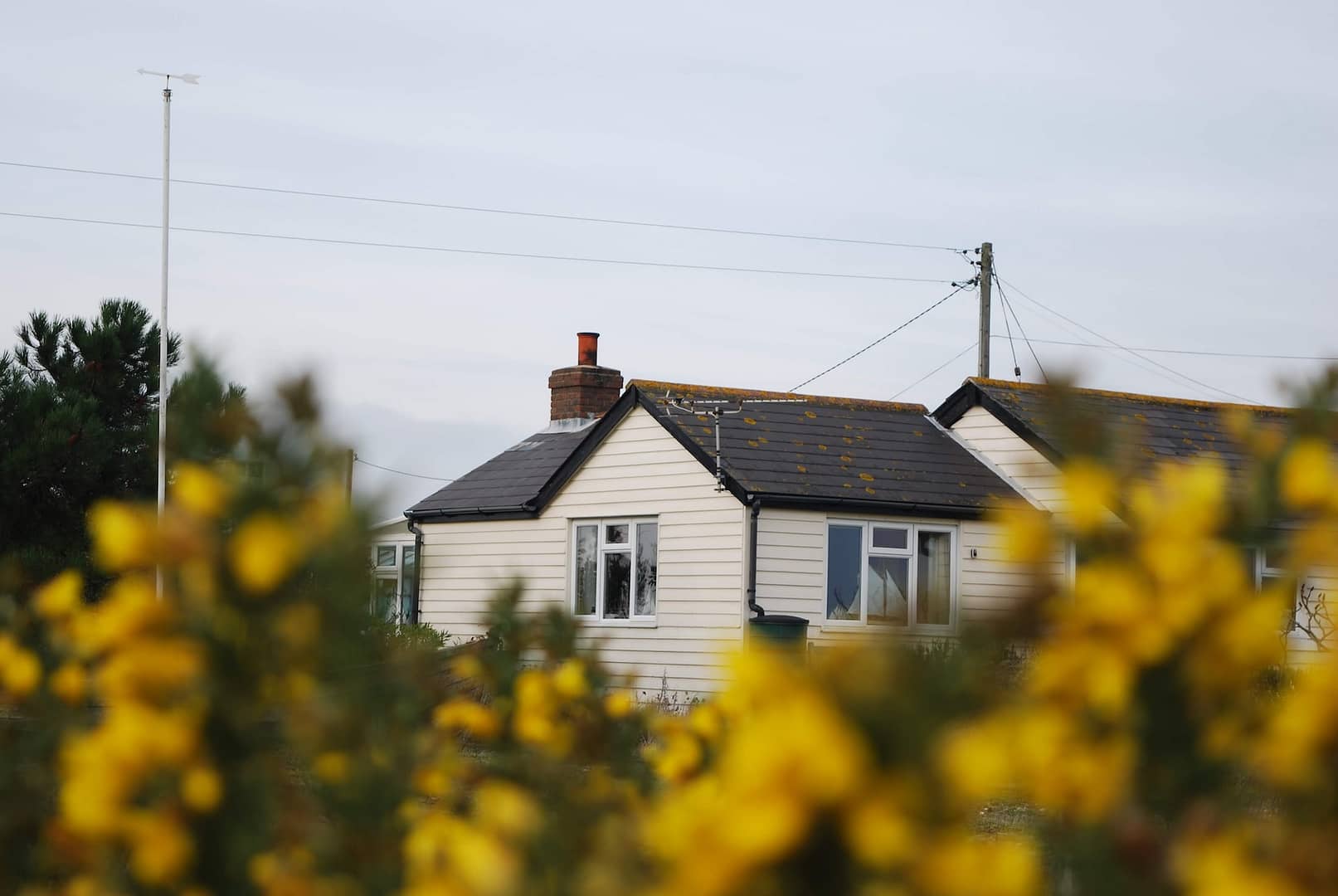Damp and mould are not merely aesthetic nuisances in our homes and causes of housing disrepair; they can lead to a host of issues that affect our health and well-being. These unwelcome visitors thrive in damp and poorly ventilated environments, silently wreaking havoc on our living spaces.
From unpleasant odours to structural damage, the consequences of damp and mould can be far-reaching. In this article, we will explore the various issues that arise when damp and mould take up residence in our homes and how they can impact our daily lives.
The Symptoms of Living with Damp and Mould
Living in a home affected by damp and mould can have detrimental effects on our health. The symptoms can vary depending on the individual, but common complaints include persistent coughing, wheezing, and shortness of breath. If you notice these symptoms worsening when you’re at home and improving when you’re away, it could be a sign that damp and mould are the culprits.
Additionally, individuals with allergies or asthma may experience heightened sensitivity when exposed to damp and mould. They may suffer from nasal congestion, itchy eyes, and skin irritation. Prolonged exposure to mould can even lead to the development of respiratory infections, particularly in individuals with weakened immune systems.
The Growth of Unwanted Mushrooms
One particularly unsettling consequence of dampness and mould is the potential growth of fungi, including mushrooms, in your home. While it may sound like something out of a fairy tale, it is a real concern. Mushrooms thrive in moist environments and can sprout up unexpectedly in corners, on walls, or even on furniture.
These fungi not only add an unsightly element to your living space but can also pose a danger. Some species of mushrooms can be toxic if ingested, particularly by curious children or pets. It is crucial to promptly address any damp or mould issues in your home to prevent the growth of these unwanted mushrooms and ensure the safety of your household.
There have been instances of this happening in the UK, with some of the worst affected areas being in Hackney. Recently, there have been families left with mushrooms growing out of the roof due to the damp conditions. The children of these families have also experienced issues with sleeping in these rooms due to legitimate fear of the ceiling collapsing on them. The response from their particular housing association reads as an apology for not doing anything rather than when they will fix these very dangerous issues.
At National Claims, we make sure that we hold the housing association or council responsible for not taking action much sooner. We will also ensure that these repairs are carried out in time at no extra cost to you as tenants.
Gaining financial compensation on top of this is integral to making sure that what you have had to put up with is taken into account and that whoever is in charge of your home is reprimanded.
Structural Damage and Decay
Dampness and mould can compromise the structural integrity of your home, leading to extensive damage and costly repairs. When water seeps into the building materials, such as wood or drywall, it can cause rotting and decay over time. This weakening of the structure can result in sagging floors, warped walls, and even the collapse of ceilings or roofs in severe cases.
Moreover, mould can cause deterioration in various materials, including wallpaper, paint, and fabrics. The presence of mould often leaves unsightly stains and discolouration on surfaces, rendering them unattractive and necessitating costly replacements or refurbishments.
Making a Housing Disrepair Claim
If you find yourself dealing with significant damp and mould issues in your rented property, you may be eligible to make a housing disrepair claim. This legal avenue allows tenants to seek compensation and repairs from their landlords for failing to address and rectify serious maintenance issues.
To initiate a housing disrepair claim, there are a few essential steps you should follow:
Note: You can only make a claim if you are currently living in social housing.
Document the issue
Take photographs and videos of the damp and mould problem in your home. Keep a record of any communication you have had with your landlord regarding the issue, including emails or letters.
Report the problem
Notify your landlord or property management company in writing about the damp and mould issue. Provide them with a reasonable timeframe to address the problem. It is crucial to have a written record of your complaint.
Seek the help of National Claims
Consult with National Claims., where we specialise in housing disrepair claims. We will guide you through the claims process, assess the strength of your case, and provide valuable advice on how to proceed.
Obtain evidence
If your landlord fails to address the damp and mould issue within a reasonable time or provides inadequate repairs, gather evidence to support your claim. This may include obtaining expert reports from surveyors or environmental health officers, detailing the extent of the problem and its impact on your health and living conditions.
How Much Compensation For Damp And Mould UK?
To find out how much compensation you can receive for your housing disrepair, it is best to fill out one of our claims forms that can be found throughout our website.

Conclusion
Damp and mould can cause a range of issues in your home, impacting both your physical health and the structural integrity of your living space. From respiratory problems and allergies to structural damage and unpleasant odours, the consequences of allowing dampness and mould to persist can be significant.
Recognising the symptoms of living with damp and mould is crucial in identifying the problem early and taking appropriate action. Promptly addressing damp and mould issues through proper ventilation, moisture control, and timely repairs can help mitigate the risks and ensure a healthy living environment.
If you find yourself dealing with severe damp and mould problems in a rented property, exploring the option of making a housing disrepair claim may be appropriate. Seeking legal guidance from us at National Claims can provide you with the guidance and support needed to navigate the process and seek the necessary compensation and repairs from your landlord.
Remember, your home should be a safe and comfortable haven. By understanding the issues caused by damp and mould and taking proactive steps to address them, you can create a healthier living environment for yourself and your loved ones.
Contact us today to start your claim and learn more about the process behind making a housing disrepair claim.
Click below to see why we are one of the most trusted claims management companies in the UK.





